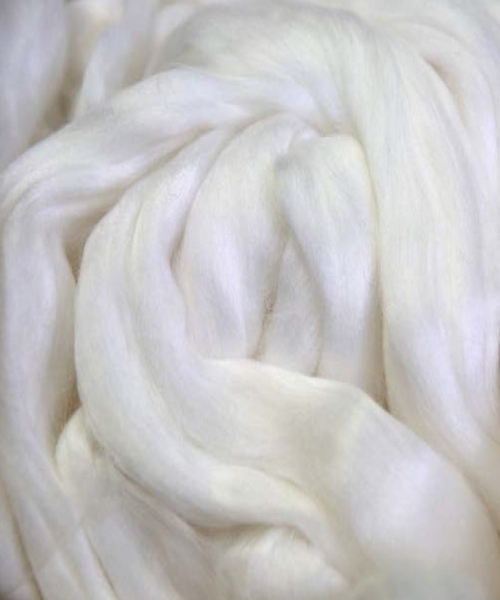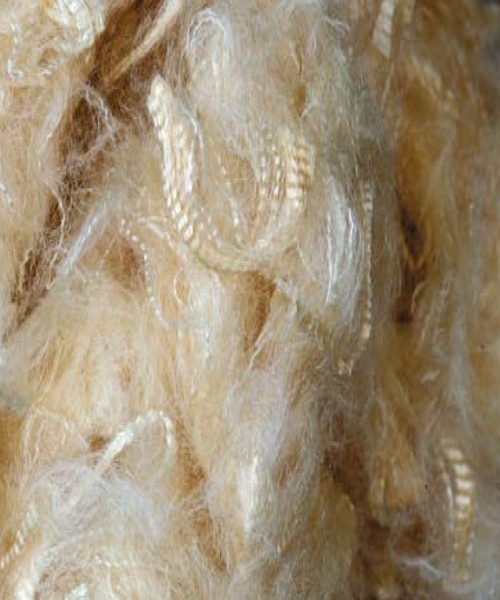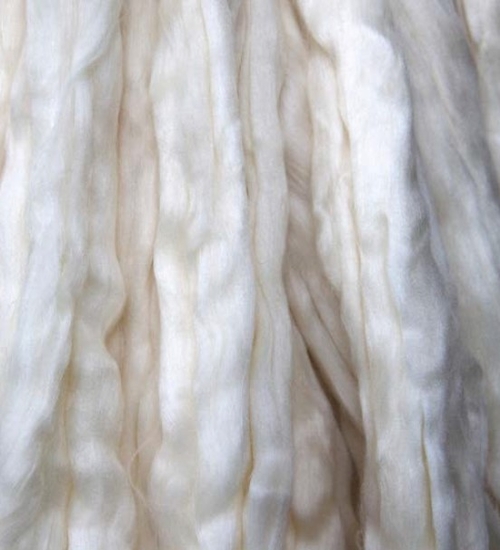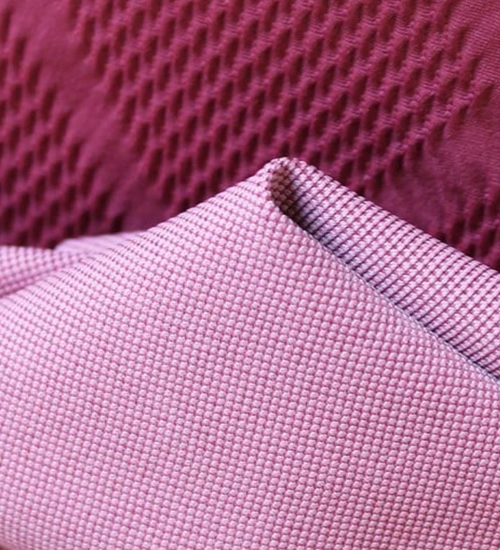
SUSTAINABLE SENSATION
Exploring the Future: Biopolymer Fibers in Intimate Apparel
Are you interested in crafting intimate apparel that combines exquisite beauty with environmental sustainability, unparalleled softness akin to silk and ground-breaking innovation? If you’re intrigued, then it’s time to dive into the world of biopolymer fibers – the future of intimate apparel. In this blog post, we’ll explore everything you need to know about these remarkable materials that are reshaping the lingerie industry.

BIOPOLYMER FIBERS
Biopolymer fibers represent the intersection of biology, technology, and fashion. They are significantly derived from renewable resources and exhibit properties that are ideal for intimate wear. These innovative materials are set to reshape the intimate apparel landscape. Let’s take a closer look at the vital biopolymer fibers with their characteristics:
CORN FIBER: NATURE’S GIFT TO LINGERIE
Corn fiber, also known as PLA (polylactic acid) fiber, obtained from annually renewable resources. It is primarily derived from corn but also from beets, offers a sustainable alternative. Brands like Ingeo™, Biophyl™, Lactron®, Ecodear®, and Sorona® have embraced this material. This fiber offers a plethora of benefits for lingerie:
- Strength and Stability: Corn fiber boasts high strength and stability, ensuring the longevity of your lingerie pieces.
- Moisture Management: Blended with cotton or wool, it creates fabrics that wick moisture away from the skin, keeping your customers comfortable.
- Eco-Friendly: Corn fiber production is energy-efficient, generates fewer greenhouse gas emissions, and can degrade into natural compost over time.


SOYBEAN FIBER: A SILK ALTERNATIVE
SOYSILK®, commonly known as soybean fiber, is a renewable botanic protein fiber that rivals silk in terms of softness and luster. Here’s why it’s a game-changer for lingerie:
- Moisture Absorption: Soybean fabric is moisture-absorbing and offers excellent ventilation, ensuring comfort throughout the day.
- Smooth as Cashmere: The fabric drapes beautifully and feels as smooth as cashmere, making it a luxurious choice for intimate apparel.
- UV Protection: Soybean fibers can hold dye well and provide better UV protection compared to cotton or silk.
- Green and Biodegradable: Marketers market soybean fiber as the twenty-first century’s green fiber, producing it completely biodegradable and without polluting processes.
MILK FIBER (CASEIN): WOOL-LIKE COMFORT
Milk fiber, or casein fiber, is another gem in the world of biopolymers. It offers wool-like characteristics and is perfect for blending with wool and cashmere:
- Breathable Fabric: Milk protein fabrics breathe and capture moisture efficiently, providing comfort and maintaining freshness.
- Smooth and Lustrous: The fabric has a smooth, lustrous appearance, often compared to silk.
- Bio-Friendly Production: The manufacturing process of milk fiber is eco-friendly, with non-poisonous auxiliary agents used in production.


CASTOR OIL FIBER: A SUSTAINABLE ALTERNATIVE
Derived from the castor oil plant, this fiber is a non-GM crop that requires minimal irrigation. It’s a promising alternative to traditional synthetics:
- High Performance: Castor oil fiber, like Greenfil®, offers bacteriostatic properties and excellent thermo-regulation, making it ideal for sportswear and intimate apparel.
- Dimensional Stability: It maintains its shape and is abrasion-resistant, ensuring durability.
- Eco-Conscious: Produced from a non-fossil fuel source, this fiber aligns with sustainability goals.

For entrepreneurs in the intimate apparel industry, the adoption of biopolymer fibers undeniably presents exciting possibilities. Not only can you offer sustainable and eco-friendly lingerie options, but you can also tap into the unique properties of these fibers for superior comfort, breathability, and style. As you explore the world of biopolymer fibers, consider how these materials markedly align with your brand’s values and your customers’ preferences. The blend of innovation, sustainability, and comfort can set your intimate apparel line apart in a crowded market.
Interested to know more about man-made fibers! Click here to read our blog post on ‘Everything You Need to Know about Man-Made Fibers’.
